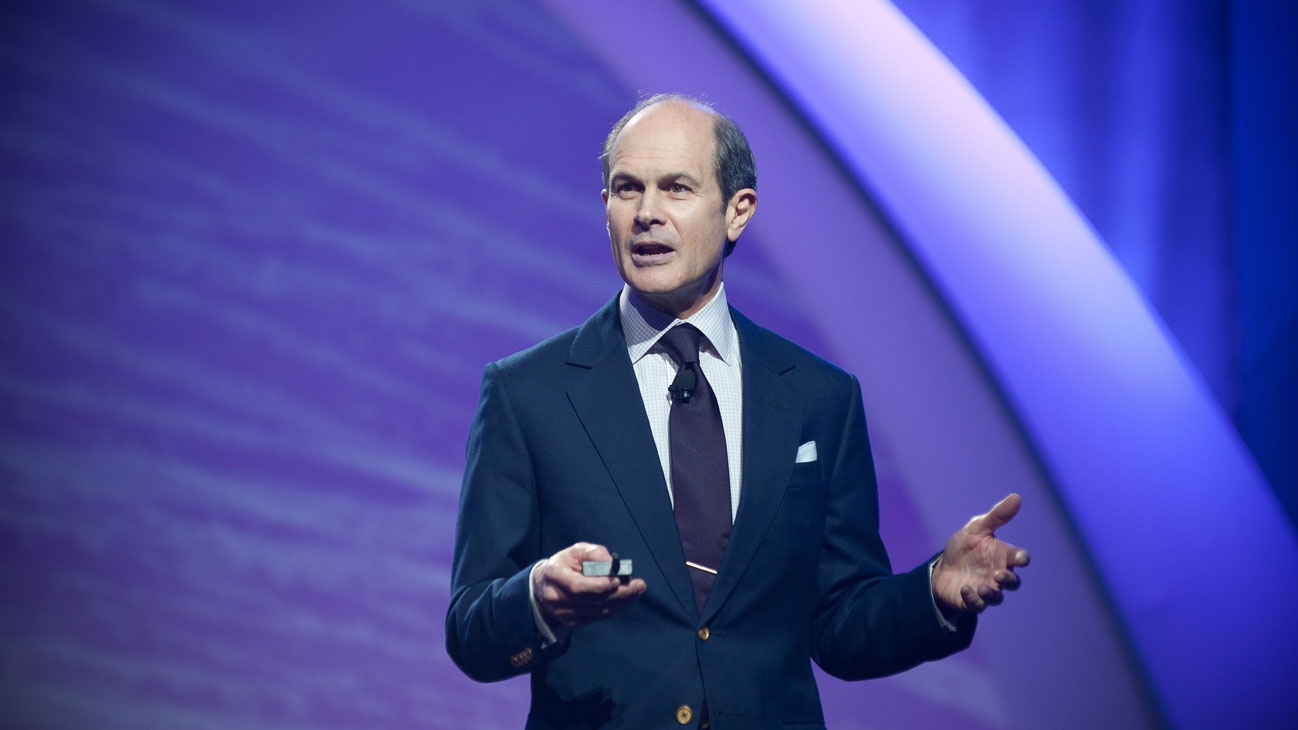Millions of eyes and ears count on―and respect―Geoff Colvin’s insights on the key issues driving change in business, politics, and the economy. The senior editor of Fortune magazine, and named by Directorship magazine as one of the “100 Most Influential Figures in Corporate Governance,” Colvin draws on his years of insider access to top government figures and high-profile executives to share effective leadership strategies, and provides his unparalleled perspective on the business climate of today…and tomorrow. In this recent article for Fortune magazine, Geoff writes about how, in the “robot age” leaders will need to decide which workers should be replaced by tech, and which ones shouldn’t:
Most business leaders would not normally concern themselves with a news report about surgery on porcine innards. But on Friday morning, they all should do so because it takes us quickly to a question they’ll all have to confront: Which employees must be replaced by technology, and which employees must not be?
The report tells how a robot stitched together a pig’s small intestine autonomously – entirely on its own. Surgical robots have been around a long time, but they aren’t robots at all; they’re power tools operated by human surgeons. This, however, is the real deal. The robot did the job by itself on a pig intestine that had been cut through; it did this on tissue in the lab and on tissue in an anesthetized pig. Don’t worry about the pig: The robot performed the task better than human surgeons who were assigned to do the same thing.
The significance of this, beyond its meaning in the medical world, is that surgery strikes most of us as just about the last job we could imagine a robot doing. But robots are clearly on their way to doing it. “Now driverless cars are coming into our lives,” one of the researchers, Peter Kim, told reporters on a conference call. “It started with self-parking, then a technology that tells you not to go into the wrong lane. Soon you have a car that can drive by itself.” It’s obvious where he thinks the surgical technology is headed.
Kim’s analogy is apt. On Thursday, General Motors GM 0.00% and Lyft announced that within a year they will start testing a fleet of self-driving Chevrolet Bolts on public roads – testing them with paying passengers inside. The Lyft app will offer passengers the option of choosing to be picked up by a self-driving car, and initially the cars will operate with a human driver behind the wheel, just in case.
No one is very surprised by such news any more, but remember that just two or three years ago, mainstream experts were saying with confidence that autonomous vehicles were a decade or more from real-world use. Now it’s just today’s news story about more self-driving cars on the road; there will be another one tomorrow.
The issue for business leaders is that they will have to make decisions much sooner than they expected about what these and related technologies mean for their companies. As technology performs ever more tasks better than humans, it will become competitively necessary to replace the humans doing some of those tasks; not doing so would incur an insupportable cost disadvantage. But in other jobs, replacing the humans could be a fatal error; when stock markets plunge, customers who were happy to conduct their brokerage transactions online may feel a deep and urgent need to speak to a real person, for example.
Which jobs are in which category? Even in an age of awesome technology, those are ultimately judgment calls. Leaders will be making lots of those calls with very little history on which to rely.

